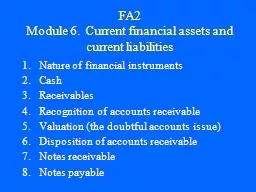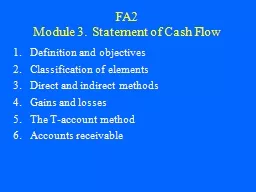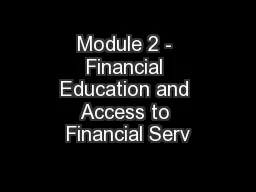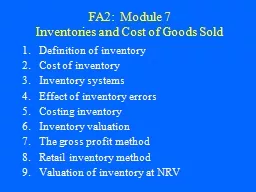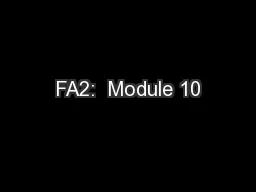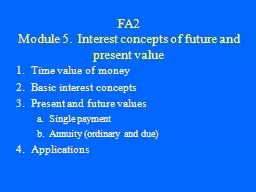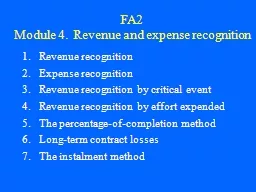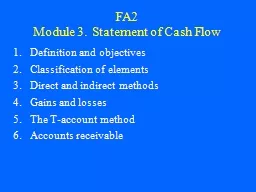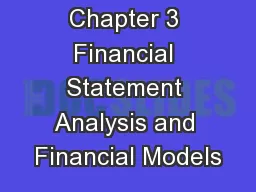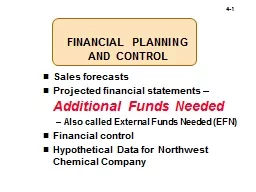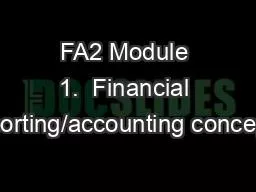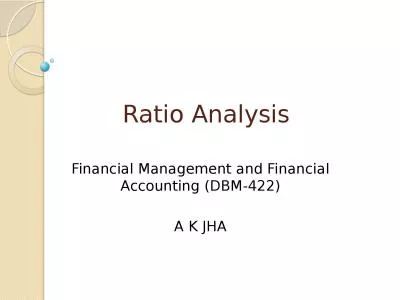PPT-FA2 Module 6. Current financial assets and current liabili
Author : olivia-moreira | Published Date : 2016-06-28
Nature of financial instruments Cash Receivables Recognition of accounts receivable Valuation the doubtful accounts issue Disposition of accounts receivable Notes
Presentation Embed Code
Download Presentation
Download Presentation The PPT/PDF document "FA2 Module 6. Current financial assets ..." is the property of its rightful owner. Permission is granted to download and print the materials on this website for personal, non-commercial use only, and to display it on your personal computer provided you do not modify the materials and that you retain all copyright notices contained in the materials. By downloading content from our website, you accept the terms of this agreement.
FA2 Module 6. Current financial assets and current liabili: Transcript
Download Rules Of Document
"FA2 Module 6. Current financial assets and current liabili"The content belongs to its owner. You may download and print it for personal use, without modification, and keep all copyright notices. By downloading, you agree to these terms.
Related Documents

